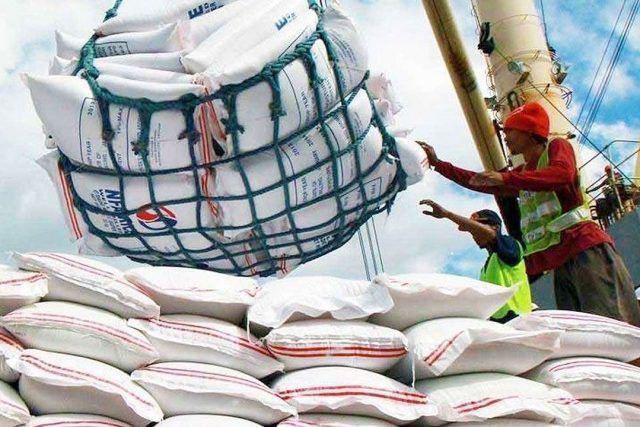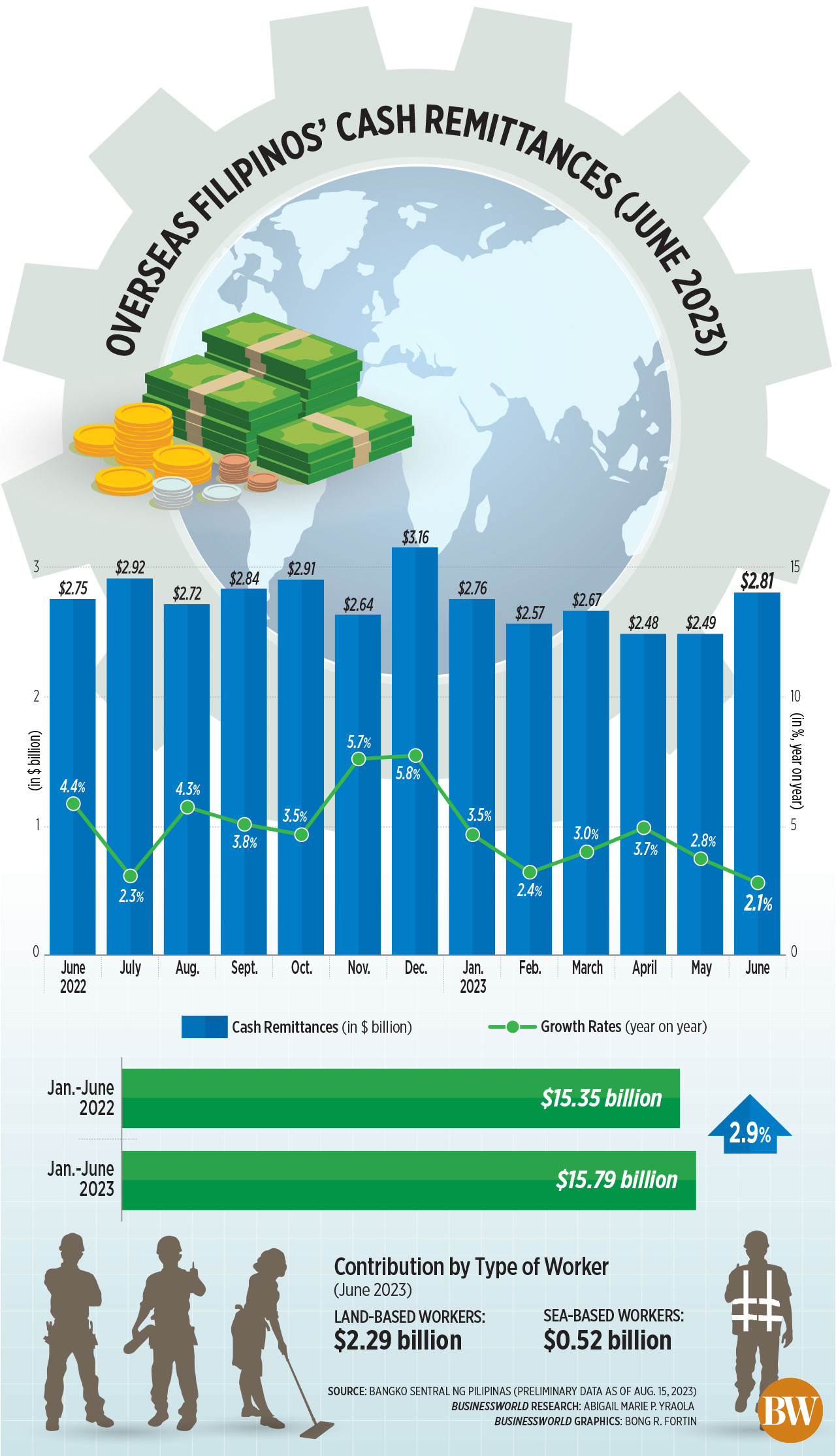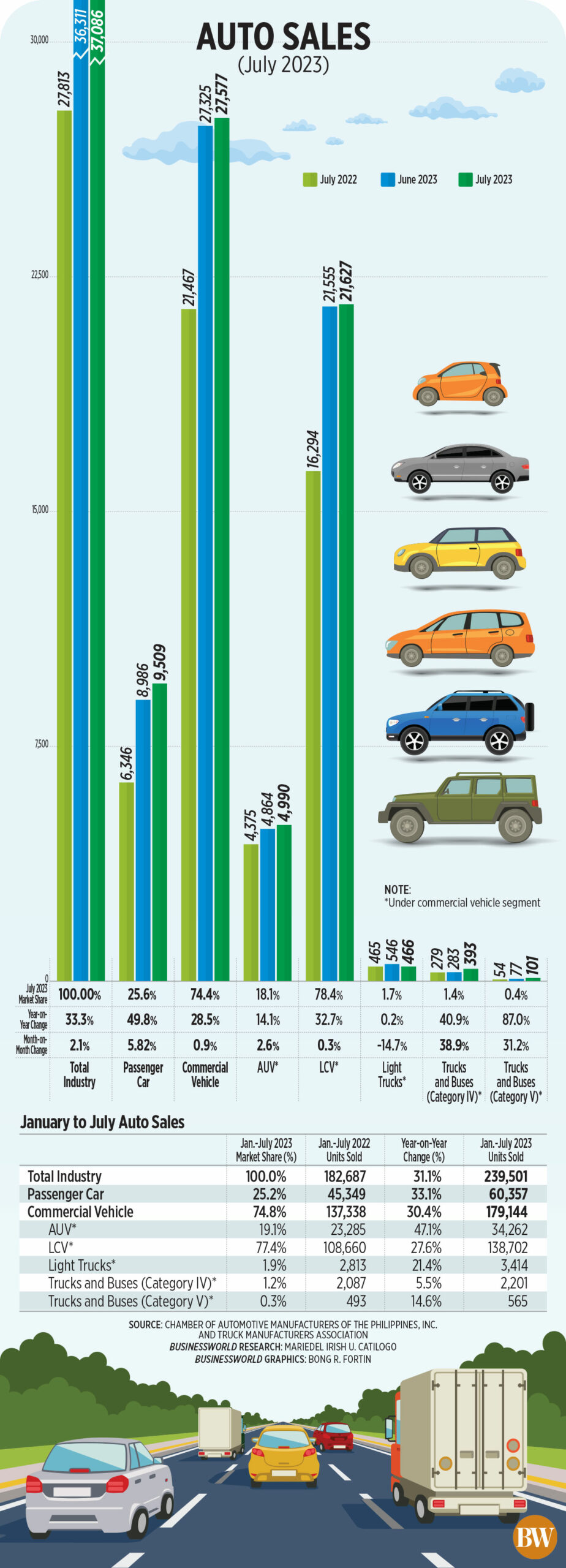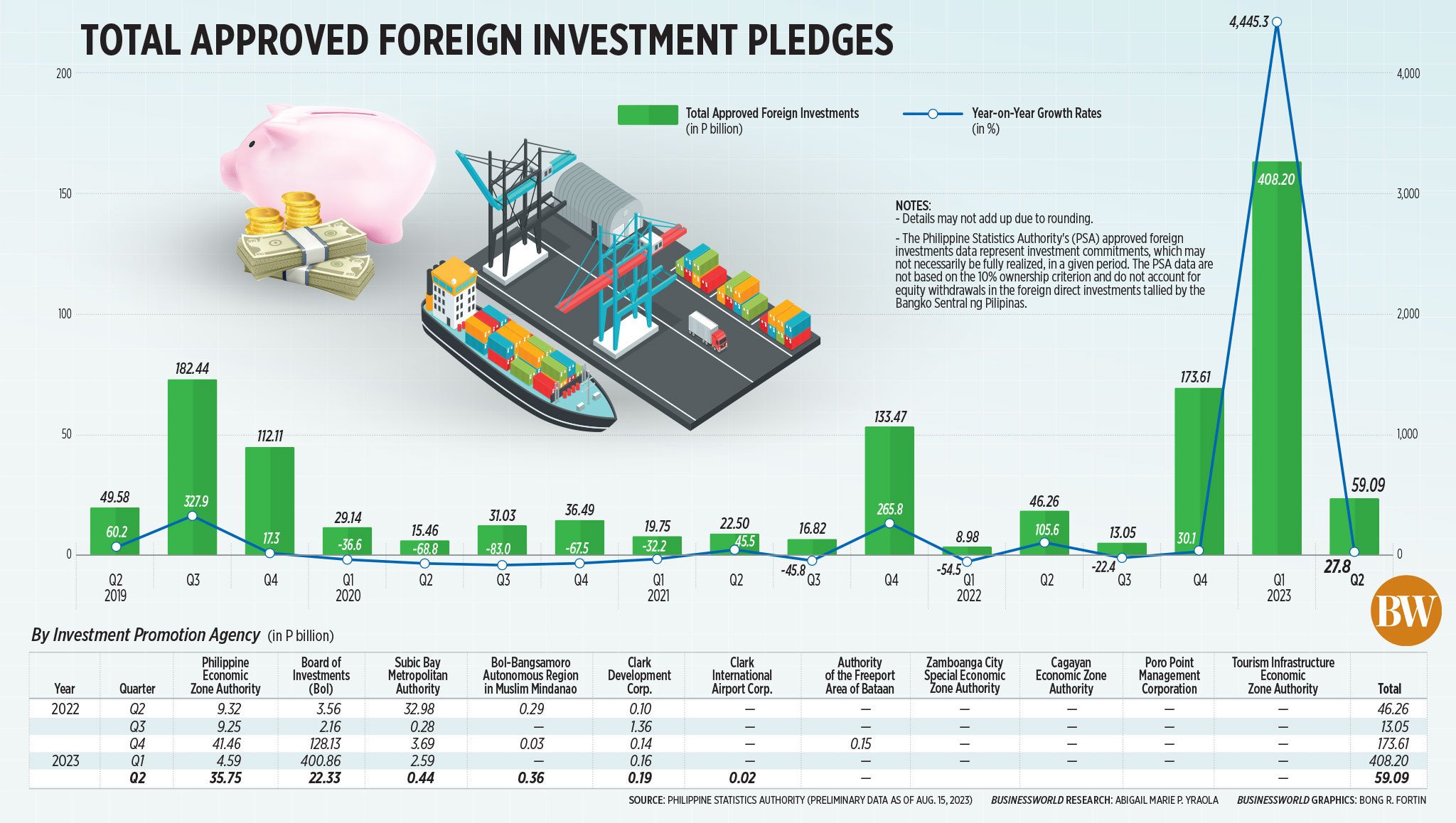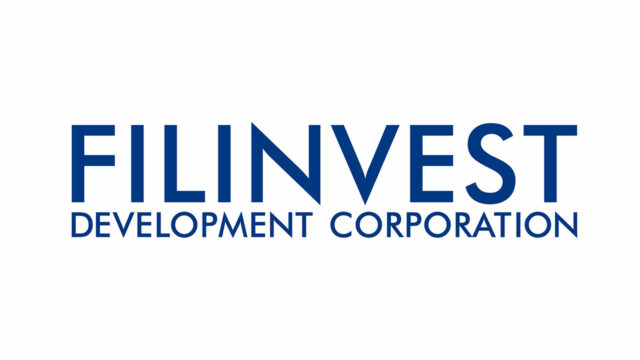Musk’s X delays access to content on Reuters, NY Times, social media rivals
Social media company X, formerly known as Twitter, delayed access to links to content on the Reuters and New York Times websites as well as rivals like Bluesky, Facebook and Instagram, according to a Washington Post report on Tuesday.
Clicking a link on X to one of the affected websites resulted in a delay of about five seconds before the webpage loaded, the Washington Post reported, citing tests it conducted on Tuesday. Reuters also saw a similar delay in tests it ran.
By late Tuesday afternoon, X appeared to have eliminated the delay. When contacted for comment, X confirmed the delay was removed but did not elaborate.
Billionaire Elon Musk, who bought Twitter in October, has previously lashed out at news organizations and journalists who have reported critically on his companies, which include Tesla and SpaceX. Twitter has previously prevented users from posting links to competing social media platforms.
Reuters could not establish the precise time when X began delaying links to some websites.
A user on Hacker News, a tech forum, posted about the delay earlier on Tuesday and wrote that X began delaying links to the New York Times on Aug. 4.
On that day, Musk criticized the publication’s coverage of South Africa and accused it of supporting calls for genocide. Reuters has no evidence that the two events are related.
A spokesperson for the New York Times said it has not received an explanation from X about the link delay.
“While we don’t know the rationale behind the application of this time delay, we would be concerned by targeted pressure applied to any news organization for unclear reasons,” the spokesperson said on Tuesday.
A Reuters spokesperson said: “We are aware of the report in the Washington Post of a delay in opening links to Reuters stories on X. We are looking into the matter.”
Bluesky, an X rival that has Twitter co-founder Jack Dorsey on its board, did not reply to a request for comment.
Meta, which owns Facebook and Instagram, did not immediately respond to a request for comment. — Reuters




